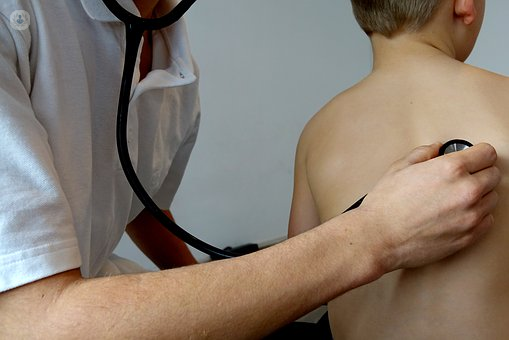


What is bronchiectasis?

Bronchiectasis is a chronic lung disease that damages the major airways of the lungs, causing them to widen. There can be two types:
- Congenital bronchiectasis: this is present from birth.
- Acquired bronchiectasis appears later in life.
What are the symptoms of bronchiectasis?
Symptoms develop gradually and may appear months or years later. The main ones are:
- A daily cough that occurs over months or years
- Coughing up large amounts of sputum (spit) with mucus
- Coughing up blood
- Wheezing
- Difficulty breathing, especially during exercise
- Chest pain
- Bad breath
- Clubbing of fingernails and toenails
- Fatigue
- Weight loss
How can bronchiectasis be diagnosed?
Early identification is the best way to prevent the condition from worsening. If patients have symptoms suggestive of bronchiectasis, an HRCT, blood test, sputum analysis (analysis of saliva and mucus) and lung function tests can diagnose the condition.
What are the causes of bronchiectasis?
Bronchiectasis can be caused by many different factors. The most common cause of bronchiectasis is recurrent respiratory tract infections. These cause inflammation and damage to the airways.
Genetic causes include cystic fibrosis, which is a condition that affects the cilia, the hair-like structures that sweep mucus out of the lungs.
People with a weakened immune system, asthma and primary ciliary dyskinesia are at a higher risk of developing the condition. Other causes include previous tuberculosis infections, rheumatoid arthritis and inhaling foreign bodies.
Can bronchiectasis be prevented?
If the disease is congenital, it cannot be prevented, although the risk of complications can be reduced by treating lung infections early. On the other hand, if a person avoids smoking and reduces their exposure to pollution, they can reduce their risk of respiratory infections. The annual flu vaccine and childhood vaccines can also help to reduce the chances of some infections.
What is the treatment for bronchiectasis?
The main treatment is daily drainage to eliminate sputum, the mucus that gets caught in the airways. Daily postural drainage exercises help with this. Patients are given antibiotics and expectorants to heal any chest infection. Patients who experience frequent chest infections must take prophylactic antibiotics two or three times a week.